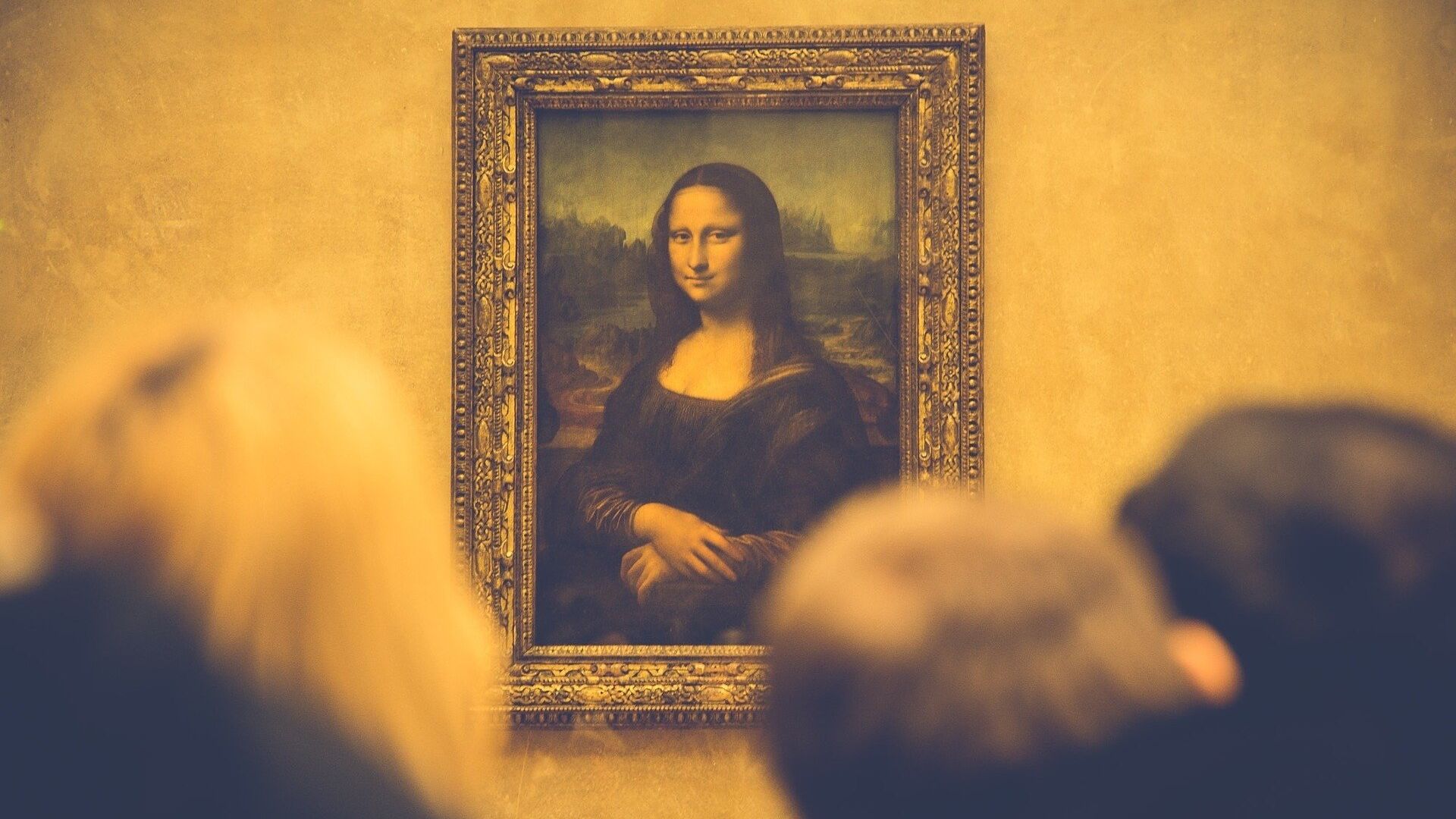https://sputnikglobe.com/20231012/chemists-make-exciting-new-discovery-about-leonardos-mona-lisa-1114119099.html
Chemists Make Exciting New Discovery About Leonardo’s ‘Mona Lisa’
Chemists Make Exciting New Discovery About Leonardo’s ‘Mona Lisa’
Sputnik International
On Wednesday, a group of scientists published their research on the chemical structure of Leonardo da Vinci’s painting “Mona Lisa”. They found that the Renaissance painter had created his own unique formula for the oil painting.
2023-10-12T02:28+0000
2023-10-12T02:28+0000
2023-10-12T02:25+0000
beyond politics
history
art
art
mona lisa
mona lisa
leonardo da vinci
https://cdn1.img.sputnikglobe.com/img/105781/16/1057811660_0:100:1920:1180_1920x0_80_0_0_f60eb8ddd9175c7555268f02b9c52ed5.jpg
Groundbreaking research has offered new insights into the chemical structure of Leonardo da Vinci’s famous "Mona Lisa" painting, revealing the Renaissance painter created his own unique formula for his oil paints.Using x-rays, the researchers examined a small fragment taken from the painting that was no larger than the diameter of a strand of hair, and came from the top right edge of the painting. Then, using a synchrotron, they were able to accelerate the particles to the near speed of light, and analyzed the fragment’s chemical composition at an atomic level.“In this case, it’s interesting to see that indeed there is a specific technique for the ground layer of ‘Mona Lisa,’” he said in an interview with the New York news agency.The artist used an oil-paint recipe for the base layer of the world famous painting that differed from his other work. Using the rare compound plumbonacrite, Leonardo was able to thicken and dry his paint more quickly. The powder would be diluted in linseed or walnut oil by heating the mixture. Per Gonzalez, the color would be similar to honey in texture and color. Historians long suspected the artist used the compound, which is a byproduct of lead oxide, for his work; however, it wasn't until now that scientists were able to confirm the find. Gonzalez further indicated that the compound was also found in the work of the Dutch Golden Age painter Rembrandt Harmenszoon van Rijn (Rembrandt), in a period which followed Leonardo’s time.“There are plenty, plenty more things to discover, for sure. We are barely scratching the surface,” Gonzalez said. “What we are saying is just a little brick more in the knowledge.”The findings were published on Wednesday in the Journal of the American Chemical Society.
Sputnik International
feedback@sputniknews.com
+74956456601
MIA „Rosiya Segodnya“
2023
Mary Manley
https://cdn1.img.sputnikglobe.com/img/07e6/01/0b/1092187887_0:0:2048:2049_100x100_80_0_0_0c2cc4c84f89aff034cc55bb01fb6697.jpg
Mary Manley
https://cdn1.img.sputnikglobe.com/img/07e6/01/0b/1092187887_0:0:2048:2049_100x100_80_0_0_0c2cc4c84f89aff034cc55bb01fb6697.jpg
News
en_EN
Sputnik International
feedback@sputniknews.com
+74956456601
MIA „Rosiya Segodnya“
Sputnik International
feedback@sputniknews.com
+74956456601
MIA „Rosiya Segodnya“
Mary Manley
https://cdn1.img.sputnikglobe.com/img/07e6/01/0b/1092187887_0:0:2048:2049_100x100_80_0_0_0c2cc4c84f89aff034cc55bb01fb6697.jpg
leonardo da vinci, mona lisa, art, art history, chemists, research, painting, chemicals, science, study
leonardo da vinci, mona lisa, art, art history, chemists, research, painting, chemicals, science, study
Chemists Make Exciting New Discovery About Leonardo’s ‘Mona Lisa’
Leonardo’s enigmatic “Mona Lisa” painting has captivated even those unfamiliar to the art world for decades. Researchers have noted the treasured portrait depicts Madam Lisa Giocondo, the wife of a wealthy Florentine silk merchant from the early 1500s.
Groundbreaking research has offered new insights into the chemical structure of Leonardo da Vinci’s famous "Mona Lisa" painting, revealing the Renaissance painter created his own unique formula for his oil paints.
Using x-rays, the researchers examined a small fragment taken from the painting that was no larger than the diameter of a strand of hair, and came from the top right edge of the painting. Then, using a synchrotron, they were able to accelerate the particles to the near speed of light, and analyzed the fragment’s chemical composition at an atomic level.
“He was someone who loved to experiment, and each of his paintings is completely different technically,” said Victor Gonzalez, the study’s lead author and a chemist at France’s national center for scientific research, the CNRS.
“In this case, it’s interesting to see that indeed there is a specific technique for the ground layer of ‘Mona Lisa,’” he said in an interview with the New York news agency.
The artist used an oil-paint recipe for the base layer of the world famous painting that differed from his other work. Using the rare compound plumbonacrite, Leonardo was able to thicken and dry his paint more quickly. The powder would be diluted in linseed or walnut oil by heating the mixture. Per Gonzalez, the color would be similar to honey in texture and color.
Historians long suspected the artist used the compound, which is a byproduct of lead oxide, for his work; however, it wasn't until now that scientists were able to confirm the find.
“Plumbonacrite is really a fingerprint of his recipe,” Gonzalez said. “It’s the first time we can actually chemically confirm it.”
Gonzalez further indicated that the compound was also found in the work of the Dutch Golden Age painter Rembrandt Harmenszoon van Rijn (
Rembrandt), in a period which followed Leonardo’s time.
“There are plenty, plenty more things to discover, for sure. We are barely scratching the surface,” Gonzalez said. “What we are saying is just a little brick more in the knowledge.”
The findings were
published on Wednesday in the Journal of the American Chemical Society.





